December 19, 2022 - Sardinia's mysterious beehive towers
Sardinia's mysterious beehive towers Expecting not to find much more than a pile of big stones, I followed the sign off the motorway into a little car park and there it was, rising from a flat, green landscape covered in little white flowers, with a few donkeys dotted around: Nuraghe Losa. From a distance, it looked like a big sandcastle with its top crumbling away, but as I walked towards it, I began to realise the colossal size of the monument in front of me. Nuraghi (the plural of nuraghe) are massive conical stone towers that pepper the landscape of the Italian island of Sardinia. Built between 1600 and 1200BCE, these mysterious Bronze Age bastions were constructed by carefully placing huge, roughly worked stones, weighing several tons each, on top of each other in a truncated formation. Continued here |
The Himalayas' ancient earthquake-defying design In 1905, a deadly earthquake rocked the landscape of Himachal Pradesh, an Indian state in the western Himalayas. Sturdy-looking concrete constructions toppled like houses of cards. The only surviving structures were in towns where the residents had used an ancient, traditional Himalayan building technique known as kath kuni. On a warm Tuesday afternoon, I was headed towards one of them: Naggar Castle, which was built more than 500 years ago as the seat of the region's powerful Kullu kings, and which remained standing, unscathed, after that calamity. Continued here |
�
Dust collected by NASA’s Perseverance rover could reveal Martian climate secrets Regolith might tell scientists what exactly was going on back when Mars was warmer and wetter. The Mars Sample Return (MSR) part of Perseverance’s mission is picking up — literally. For the past few months, the rover has concentrated on picking up samples that will eventually be returned to Earth as part of the future Mars Sample Return mission. Continued here |
Citron: The exquisite fruit that brings rabbis Every summer, in preparation for the Jewish holiday of Sukkot, Hasidic rabbis from all over the world travel to the northern part of Italy's Calabria region to handpick the best citron fruits for their lulav, the bundle of four plants used to bless the small, temporary huts built every autumn by Jews to celebrate the holiday. For about two weeks, the orchards around the town of Santa Maria del Cedro fill up with English, Russian, Hebrew and Yiddish-speaking rabbis and their families. With the help of local farmers, they inspect the trees and analyse the fruits, sometimes with magnifying glasses, in their quest for citron perfection. The most ancient and aromatic of all citrus fruits, citrons are far less known than their renowned yellow and orange cousins. They resemble large, green lemons, have more peel than pulp, and with a sour-bitter flavour, they are not considered desirable for home consumption. This means that, outside of Calabria, you won't typically find them at the supermarket. Continued here |
�
The Curse of the Strong U.S. Economy With GDP contracting in the first half of the year and a cratering stock market, it may seem surprising to describe the U.S. economy as “strong.” While the haze of macroeconomic data is exceptionally contradictory, the current reality is that highly profitable firms are employing a record number of workers and paying them rising wages. This would all be good news if it didn’t stoke the fire of inflation. In fighting inflation, the Fed is now much more accepting of the risk of causing a recession. When recession looms, the reaction from executives is often to retreat behind the moat, pull up the drawbridge by cutting orders, production, investment, and the workforce, all with an aim to fortify the balance sheet with liquidity to ride out the storm. But this alone would be a wasted opportunity to improve competitive position at a time when rivals will be distracted. Continued here |
Coriander: The unsung hero of Indian cuisine Peek inside any Indian spice box, and you'll likely find the holy trifecta of spices – turmeric, red chilli powder and ground coriander (often mixed with cumin) – that forms the base of many a curry, lentil or vegetable dish. Though it lacks the striking ochre hue of haldi (turmeric) and isn't associated with any of India's signature red-hot flavours (like chilli powder), coriander (commonly called dhaniya or kothmir in India) is perhaps the most versatile of these spices. Its coarsely ground seeds bring warmth and nuttiness to many dishes, while as a powder, it can be used to thicken curries. As an herb, its fresh stalks and leaves often serve as an aromatic and tangy finishing flavour. Continued here |
�
Is Santa Claus buried in Ireland? Amid green hilly pastures dotted with grazing sheep and a cemetery with graves dating back to the 13th Century, the ruins of St Nicholas Church tower over the family home of Maeve and Joe O'Connell. Among those resting eternally here are early inhabitants of the estate, parishioners of the church and – according to local legend – St Nicholas of Myra. Yes, the St Nick who inspired Santa Claus. Today, the O'Connells are the owners and sole (living) human inhabitants of Jerpoint Park, a 120-acre deserted 12th-Century medieval town located 20km south of the town of Kilkenny, Ireland. Located along the crossing point of the River Nore and Little Arrigle River, the settlement (formerly called Newtown Jerpoint) is thought to have been founded by the Normans, who arrived in Ireland around 1160 CE. According to a conservation plan compiled by Ireland's Heritage Council, the town flourished into the 15th Century, with archaeological evidence revealing homes, a marketplace, a tower, a bridge, streets, a mill, a water management system and nearby Jerpoint Abbey, which still stands today. But by the 17th Century, the town's occupants were gone, likely from a combination of violent attacks and a plague. Continued here |
The true story behind the US' first federal monuments "Are you sitting down? I have news for you." Gwen Marable's cousin from the US state of Ohio called her at home in Maryland about 27 years ago. "We are descended from the sister of Benjamin Banneker, Jemima." The Banneker family, which numbers over 5,000 known descendants today, only learned about this astonishing connection to their ground-breaking but little-known ancestor through the wonders of DNA testing. As such, no personal stories about him, no artifacts, were handed down through the generations. Continued here |
�
A secret site for the Knights Templar? In a hole in the ground beneath the Hertfordshire market town of Royston, dimly illuminated by flickering light, I was looking at a gallery of crudely carved figures, blank-faced and bearing instruments of torture. Cave manager Nicky Paton pointed them out to me one by one. "There's Saint Catherine, with her breaking wheel. She was only 18 when she was martyred," Paton said, cheerfully. "And there's Saint Lawrence. He was burnt to death on a griddle." Amid the grisly Christian scenes were Pagan images: a large carving of a horse, and a fertility symbol known as a sheela na gig, depicting a woman with exaggerated sexual organs. Another portrayed a person holding a skull in their right hand and a candle in their left, theorised to represent an initiation ceremony – a tantalising clue as to the cave's possible purpose. Adding to the carvings' creepiness was their rudimentary, almost childlike, execution. Continued here |
Spain's ingenious fairy-tale houses Deep in Spain's north-western corner, the windswept Ancares mountains are dotted with centuries-old houses that look straight out of a fairy tale – or the Asterix and Obelix comic-book series – but that are cleverly suited to the harsh realities of this remote region. Known as pallozas, the round huts are made of stone and topped with a teardrop-shaped roof of rye straw. There are more than 200 scattered among Galicia's and Castile-León's rural villages, including Piornedo, Balouta, O Cebreiro and Balboa. Many of these homes were built 250 years ago, though their architectural roots stretch back millennia – some historians contend that pallozas are pre-Roman, an evolution of Celtic and Iron Age constructions. Continued here |
�
The ancient remains of Great Zimbabwe Walking up to the towering walls of Great Zimbabwe was a humbling experience. The closer I got, the more they dwarfed me – and yet, there was something inviting about the archaeological site. It didn't feel like an abandoned fortress or castle that one might see in Europe: Great Zimbabwe was a place where people lived and worked, a place where they came to worship – and still do. It felt alive. Great Zimbabwe is the name of the extensive stone remains of an ancient city built between 1100 and 1450 CE near modern-day Masvingo, Zimbabwe. Believed to be the work of the Shona (who today make up the majority of Zimbabwe's population) and possibly other societies that were migrating back and forth across the area, the city was large and powerful, housing a population comparable to London at that time – somewhere around 20,000 people during its peak. Great Zimbabwe was part of a sophisticated trade network (Arab, Indian and Chinese trade goods were all found at the site), and its architectural design was astounding: made of enormous, mortarless stone walls and towers, most of which are still standing. Continued here |
How to Choose the Right Forecasting Technique In virtually every decision they make, executives today consider some kind of forecast. Sound predictions of demands and trends are no longer luxury items, but a necessity, if managers are to cope with seasonality, sudden changes in demand levels, price-cutting maneuvers of the competition, strikes, and large swings of the economy. Forecasting can help them deal with these troubles; but it can help them more, the more they know about the general principles of forecasting, what it can and cannot do for them currently, and which techniques are suited to their needs of the moment. Here the authors try to explain the potential of forecasting to managers, focusing special attention on sales forecasting for products of Corning Glass Works as these have matured through the product life cycle. Also included is a rundown of forecasting techniques. Continued here |
�
The Difference Between Doing a Task and Owning a Task It's subtle, but it's everything. Continued here |
France's undisputed queens of cheese In the months leading up to the very first cheese-focused iteration of the Meilleur Ouvrier de France (MOF) competition, held every few years to recognise the country's the best craftspeople, Nathalie Quatrehomme remembers her cheesemonger mother, Marie, taking over the family living room, assembling and disassembling a plexiglass apparatus supporting dozens of different cheeses. "It was 2000, and I was 17," Nathalie recalled. "She practiced building it on our living room table for a whole year." Continued here |
�
The 10 best action games of 2022, ranked There are few things more thrilling than an action game. The genre thrived this year, with countless excellent entries across the board, each with a distinct style and premise. Some were more combat-heavy, while others leaned into puzzles or RPG mechanics. These are our picks for the 10 best action games of 2022. Pokémon Legends: Arceus is a wildly different entry in the long-running franchise, straying from the traditional Pokémon RPG mechanics we’ve grown to love. Instead, Arceus leans into real-time action, and this paid off in a major way. It’s a wonderful change of pace that still feels like Pokémon while throwing a fresh spin on the formula. Continued here |
Duna de Bolonia: The Spanish sand dune hiding Roman ruins Near the southern tip of Spain's Cádiz province, where Europe lunges into the Strait of Gibraltar as if reaching out for the North African coast, the Duna de Bolonia is one of the continent's largest sand dunes. Rising more than 30m high and sprawling 200m wide, the white mound spills into the azure sea and appears as if someone has dumped a massive pile of sugar atop the surrounding Estrecho Nature Park's protected green forest. Like all sand dunes, Bolonia is a constantly moving ecosystem that shifts with the winds. But as climate change has intensified the hurricane-force gusts coming from the east, the dune has increasingly migrated inland towards the ecologically important cork and pine forests and scrubland – revealing remnants of the many past cilivilisations who have passed through here in the process. Continued here |
The parents who sever ties with their children Helen hasn’t spoken with her son in more than a year. The last she heard, he was in prison. Now aged 31, he’s been addicted to opioids for more than a decade. “He’s tried to call me, probably to ask for money, and I have not been picking up,” explains Helen, who lives in England. “Right now, that’s the right decision for my safety and sanity.” As the primary caregiver for her son’s young daughter, Helen’s focus is providing a loving and secure environment for her to grow up in. Continued here |
Sahlab: The Middle East's answer to the latte Whether it's ladled from a Bethlehem street vendor's steaming urn or savoured around a California kitchen table, the holiday drink sahlab tells a story in each sip. The first taste is as warming and floral as its sunlit origins. The second reveals a viscous texture as silky as orchid petals. And with the third comes the first hints of its history, the rich flavours of the Levant and the spices of holiday traditions that reach across religions and stretch back centuries. In the kitchen of cookbook author Blanche Shaheen, steam drifts from small cups, carrying scents that recall the passing of seasons, late winter orange blossoms and the roses of spring. For Shaheen, sahlab isn't simply the winter holiday drink her mother taught her to make. It's also a story of family and the persistence of culture. Continued here |
Pizzoccheri: Italy's debated buckwheat pasta recipe "It's still like a postcard," Lanzarotti said, pointing her cane to the south side of Italy's Valtellina valley, surrounded by the Orobie Alps, which are snow-speckled, even in mid-July. Lanzarotti's maternal ancestors, the Tusetti's, settled in Teglio on Valtellina's north side – 16km south of the Italian-Swiss border in Lombardy and 900m above sea level – in the 1600s, and cultivated buckwheat, a traditional food staple for farmers tending their terraced mountain crops. Flour ground from the plant's triangular seeds, grano saraceno in Italian, or furmentùn in Valtellina's dialect, was central to a hearty tagliatelle-style pasta dish called pizzoccheri, which was topped with vegetables like cabbage and potatoes, as well as cheese and butter, which fuelled them from dawn to dusk. Continued here |
Everything You (Don't) Want to Know About Raising Capital Most entrepreneurs understand that if the fundamentals of a business idea—the management team, the market opportunities, the operating systems and controls—are sound, chances are there’s money out there. The challenge of landing that capital to grow a company can be exhilarating. But as exciting as the money search may be, it is equally threatening. Built into the process are certain harsh realities that can seriously damage a business. Entrepreneurs cannot escape them but, by knowing what they are, can at least prepare for them. Continued here |
Schmilka: The progressive German town stuck in the past The half-timbered houses, the isolated location deep in eastern Germany's forested hinterlands, the eerie rock pinnacles bounding the town on one side and the tempestuous Elbe River on the other – throw in an evil witch and Schmilka would be straight out of a 19th-Century Brothers Grimm fairy tale. Or, at least, of that age: the buildings go back around two centuries, the food and beer are prepared using techniques just as old, and I had to run up and down the town's one street (cobblestoned, of course) to find a wi-fi signal. Talk about a time warp. "Schmilka used to be a holiday village 200 years ago," said Andrea Bigge, a local art historian. It is again, she added, but it still feels like it exists in that era. Continued here |
Owamni: A (r)evolution of indigenous foods On the back patio at Owamni – the Minneapolis, Minnesota, restaurant owned by Sean Sherman and Dana Thompson – the late-evening sun cast my dessert in a natural spotlight. Marigold-coloured agave squash caramel cascaded slowly down the sides of a sunflower-seed cake the colour of sandstone, and a deep red berry sauce shimmered atop a maple chaga cake so earthy in tone, it felt as though it were plucked from the forest floor. The connection to nature is palpable here, where sweeping views of the Mississippi River, along with curated indigenous plants like prairie dropseed – whose high-protein seeds can be eaten raw or ground into a flour – etch themselves into the landscape like a painting. Continued here |
Global Business Speaks English Like it or not, English is the global language of business. Today 1.75 billion people speak English at a useful level—that’s one in four of us. Multinational companies such as Airbus, Daimler-Chrysler, SAP, Nokia, Alcatel-Lucent, and Microsoft in Beijing have mandated English as the corporate language. And any company with a global presence or global aspirations would be wise to do the same, says HBS professor Tsedal Neeley, to ensure good communication and collaboration with customers, suppliers, business partners, and other stakeholders. Continued here |
Mahua: The Indian liquor the British banned I smelled the sweet flowers before I saw them. During an early morning drive inside the Similipal National Park in the east Indian state of Odisha, I had stopped near a picturesque waterfall where thousands of pale-green blooms were falling from the surrounding trees and carpeting the forest floor. "These are mahua trees," said Suresh Kisku, my guide from the Santhal tribal community. He pointed towards the cluster of short, stout trunks and dome-shaped canopies that edged a small clearing. Continued here |
New Zealand's overlooked indigenous cuisine On any night in Auckland, you can have your pick of world cuisine, whether you're hankering for hand-pulled biang biang noodles swathed in chilli oil, or a Margherita pizza cooked by someone holding official Associazione Verace Pizza Napoletana certification. Māori, the first inhabitants of New Zealand, were thought to have arrived sometime in the 1300s by canoe from East Polynesia (though the exact date of their arrival is still debated). Their original diet was largely foraged food such as wild ferns, vines, palms, fungi, fruit and seeds, plus root crops like yams and sweet potatoes from their homeland – as well as hunted birds and seafood. But despite nearly 17% of New Zealand’s population identifying as Māori, indigenous cuisine is not widely available. Continued here |
Mexico's 1,500-year-old unknown pyramids From a distance, the grey volcanic rock pyramids and their encircling stonewalls looked like something that Mother Nature had wrought herself. Located in Cañada de La Virgen (The Valley of the Virgin), an area about 30 miles outside the city of San Miguel de Allende in Mexico's central highlands, the stone formations blended into the arid, desiccated landscape like a diminutive mountain range. But as I got closer to the largest of the three structures, there was no doubt it was man-made. A staircase of identical steps, etched into the hard, dark rock, had clearly required a skilled mason's hand. The other two pyramids, smaller and less well-preserved, bore a similarly unmistakable human touch. The timeworn edifices were erected by a civilisation long gone. Continued here |
The Wagyu Olympics: The quest for the world's best beef There's a unique competition in Japan that's reminiscent of the Westminster Dog Show, where animals are celebrated for their beauty, breeding and other attributes. But unlike their canine comrades, this contest is about food, these animals are cows, and the winning breeders get the opportunity to sell their cattle and carcasses to the best restaurants and butchers in the world at the highest price. This is the Japanese Wagyu Olympics, and these are high "steaks". But that's only half of the story. Continued here |
How Entrepreneurs Can Discover the Zone Of Genius to Grow the Business Get clear on your natural gifts to gain the most leverage for your time. Continued here |
Leader-shift | Elizabeth Heichler Reorganize. Revolutionize. Reform. Rethink. Today’s organizational leaders have a mandate to make change happen: to diversify or innovate before a line of business is disrupted, to fix an unhealthy culture that is driving out talent, and to adapt to new trends or technologies. While the times may call for transformational leaders, focusing on how to effect change in other people, processes, and structures isn’t enough. In order to truly rise to complex challenges posed by the great economic, social, environmental, and political uncertainty the world currently faces, you must also be a transforming leader — continually learning, evolving, and maturing as a manager and a human being. A great source of inspiration for personal growth that can help you responsibly and effectively wield the authority you have been given is the research on leader character development by Mary Crossan, William (Bill) Furlong, and Robert D. Austin, featured in this issue. They identify 11 interrelated dimensions of character and show how they can lead to either positive or negative behaviors that have implications for organizations far beyond leaders’ ethical choices. In short, they make a compelling argument that character is as important as competence in influencing judgment and hence organizational outcomes. Their framework is an excellent tool for both leaders’ own introspection and the important work of building an organizational culture that reflects shared positive values. Continued here |
Two-Thirds of Executive Women Pay for Household Help. Why Are So Few Willing to Talk About It? It's past time women explode the stigma around not being able to "do it all" by being open and unapologetic about household help. Continued here |
Our Guide to the Winter 2023 Issue Top Takeaways: Externally oriented teams have been shown to boost agility and speed of execution in the face of rapid change and uncertainty, but this approach can be difficult for organizations to adopt. Doing so requires managers to put aside assumptions that teams are bounded groups with stable membership and that the resources, information, and collaborators they need are only to be found inside the organization. Trying out this so-called x-team way of operating on a small scale is a strategy that can help change perspectives and build comfort with change. Top Takeaways: When researchers asked employees what their supervisor could do to help alleviate the anxiety that arose from the pandemic, the data revealed that during a crisis, employees most want information about their job and the organization; psychological and instrumental support; and clear, fast, and accurate communication. The findings highlight the importance of individualized approaches, especially when employees want answers or resources that managers can’t realistically provide. Managers must also prioritize building trust. Top Takeaways: As many employees resist the call to return to the workplace from the home offices they established during the pandemic, managers worried about losing talent are accommodating them but seeing signs of slowed innovation. The authors studied 20 global enterprises to gain insight into management concerns and emerging best practices for managing hybrid work effectively. They recommend setting policy based on the nature of the tasks performed, and bringing teams together for collaborative work and to strengthen social networks. Continued here |
Tuscany's mysterious 'cave roads' Wildflowers grazed my legs as I hiked down from the volcanic-rock hilltop fortress of Pitigliano into the Tuscan valley below. At the base of the hill, I crossed a burbling stream and followed a winding trail as it inclined. All of a sudden, I was walled in. Huge blocks of tuff, a porous rock made from volcanic ash, rose as high as 25m on either side of the trench I found myself in. I felt spooked – and I'm not the only one who's felt that way in vie cave like this. These subterranean trails have been linked with lore of devils and deities for centuries. Continued here |
New 'Doctor Who' Season 14 costumes pay brilliant tribute to franchise history The next Doctor is keeping things simple. When Ncuti Gatwa becomes the incumbent eponymous Doctor Who hero sometime in 2023, we now know what he’ll be wearing. The fashion of the Doctor is a big part of the show’s nearly six-decade-long history, and it looks like Gatwa’s 15th Doctor will be dressed simply, but with a classic Who flare. On December 17, 2022, the official social media channels of Doctor Who unveiled the initial costumes for both the new Doctor (Ncuti Gatwa) and the new companion, Ruby Sunday (Millie Gibson). The big news here is that we actually know what the new Doctor will be wearing in his first regular season. Continued here |
Sweet temptation: Istanbul's beloved 'brothel dessert' As I entered the grand arches of Istanbul's Misir Carsisi (Egyptian Bazaar) – considered by many locals to be the city's greatest marketplace – I was hit by a heady aroma of spice and kaleidoscope of colour. Moving with the current of busy shoppers sifting through a sea of produce, I spilled out on the market's backstreets where carts of stuffed mussels and barrels of stringed cheese sat alongside piles of pistachios, rose bud tea and bright pink olives. Transfixed by these treasures, I drifted, dream-like, until I spied the storied sweet I'd come in search of, beckoning beneath a pastry shop's glass. Halka tatlisi ("ring dessert" in English) is one of Istanbul's favourite and oldest street foods. Found on every corner and said to help restore one's vigour after hours spent walking the busy streets, the circular dough that's deep-fried to a golden-brown and soaked in syrup has long been associated with the city's seedier side. And it's that connotation that gave rise to its local nickname of the "brothel dessert". Continued here |
How Bite Founder Lindsay McCormick Went From Hobby to Brand to Smart Rebrand How this female founder is scaling sustainability from toothpaste to other personal care--even though it meant tinkering with her brand identity. Continued here |
The city with gold in its sewage lines "He burned the sari and from it, handed us a thin slice of pure silver," said my mother, describing a moment that had taken place 30 years ago at her home in the city of Firozabad. The man in her story was no magician, but an extractor. Like many similar artisans in my mother's hometown, he'd go door to door collecting old saris to mine them for their precious metals. Until the 1990s, saris were often threaded with pure silver and gold, and I remember digging into my mother's wardrobe, searching for her glittery outfits like treasure. But as she told me, the extractors were looking for something even more valuable than clothing – they were looking for trash, and a kind of trash specific to this city. Continued here |
The benefits of procrastinating, according to a behavioral scientist Given that procrastination causes stress and anxiety, why are most of us still prone to it? As research shows, it is related to a number of cognitive biases. Are you procrastinating? I am. I have been delaying writing this article for the last few days even though I knew I had a deadline. I have scrolled through social media, and I have gone down a rabbit hole looking up houses on Rightmove — even though I do not need a new house. Continued here |
Parasitic wasps, friendly anemones: 9 incredible new species identified in 2022 In a time when extinction regularly makes headlines, it might seem paradoxical that scientists are still documenting new species. From the depths of the ocean to the densest forests on Earth, undiscovered creatures are hiding right under our noses. Continued here |
The Right Way to Manage Expats But international assignments don’t come cheap. On average, expatriates cost two to three times what they would in an equivalent position back home. A fully loaded expatriate package including benefits and cost-of-living adjustments costs anywhere from $300,000 to $1 million annually, probably the single largest expenditure most companies make on any one individual except for the CEO. Continued here |
Apple killed the iPod, but modders are giving it a second life Apple discontinued its iPod line earlier this year. Now only modders and devoted fans are keeping Apple’s second most important product alive. When it comes to consuming media, and particularly music, the biggest driver of change is often storage technology. Continued here |
Isfeng: a crispy doughnut from al-Andalus for Hanukkah Hanukkah, literally "dedication" in Hebrew, commemorates the Maccabean revolt that led to the historical recovery of Jerusalem from the Greek empire and the rededication of the menorah in the Second Temple around 168 BCE. Religious texts later extrapolated on the event in Shabbat 21b of the Talmud, writing of the miracle of the oil that lasted for eight days. Oil and fried foods have ever since been inextricably linked to the holiday. But there's more to explore in the culinary canon of the Jewish "Festival of Lights" beyond the traditional latkes (grated potatoes mixed with onions, egg and fried into crunchy pancakes) and sufganiyot (doughnuts stuffed with a piping bag full of jam) that are as essential to celebrating Hanukkah as candles for the hanukkiah – the nine-branch menorah used exclusively for the holiday. This year, take a trip back to 13th Century al-Andalus (modern-day Andalusia, Spain) when Jews – and Muslims – both indulged in isfenğ. Continued here |
The Maine lake full of sunken steamboats "A hundred years ago there were dozens of these things cruising around here," said a man who'd suddenly appeared next to me at the dock as I watched the approaching steamboat. He'd startled me out of my reverie, my gaze caught somewhere between the shimmer that dances across Moosehead Lake and the seaplanes taking off toward Mount Katahdin. I grew up in the US state of Maine at a smaller lake not far from here, and I spent many summers taking day trips to Moosehead Lake with my family. But this was the first time I boarded the historical Steamboat Katahdin, the last of a once-numerous fleet that used to ferry hordes of well-dressed elites from nearby train depots to the area's luxury resorts for their summer holidays. Continued here |
What Is Web3?
Web3 is being touted as the future of the internet. The vision for this new, blockchain-based web includes cryptocurrencies, NFTs, DAOs, decentralized finance, and more. It offers a read/write/own version of the web, in which users have a financial stake in and more control over the web communities they belong to. Web3 promises to transform the experience of being online as dramatically as PCs and smartphones did. It is not, however, without risk. Some companies have entered the space only to face a backlash over the environmental impact and financial speculation (and potential for fraud) that comes with Web3 projects. And while blockchain is offered as a solution to privacy, centralization, and financial exclusion concerns, it has created new versions of many of these problems. Companies need to consider both the risks and the benefits before diving in. Continued here
Subscribe to:
Post Comments (Atom)
|



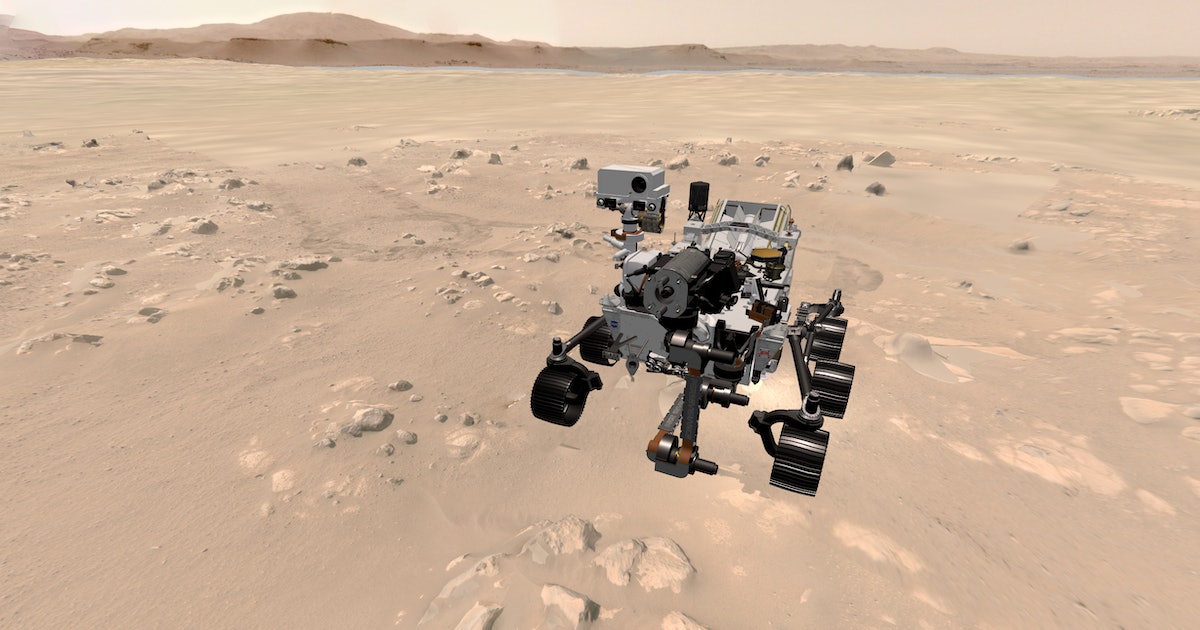










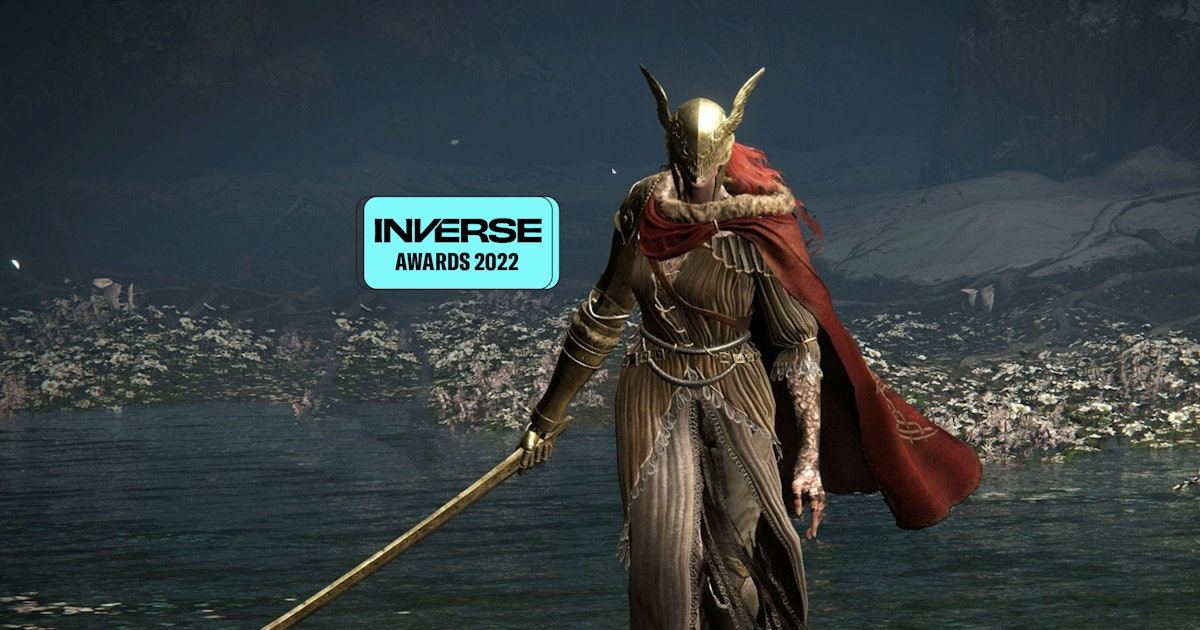











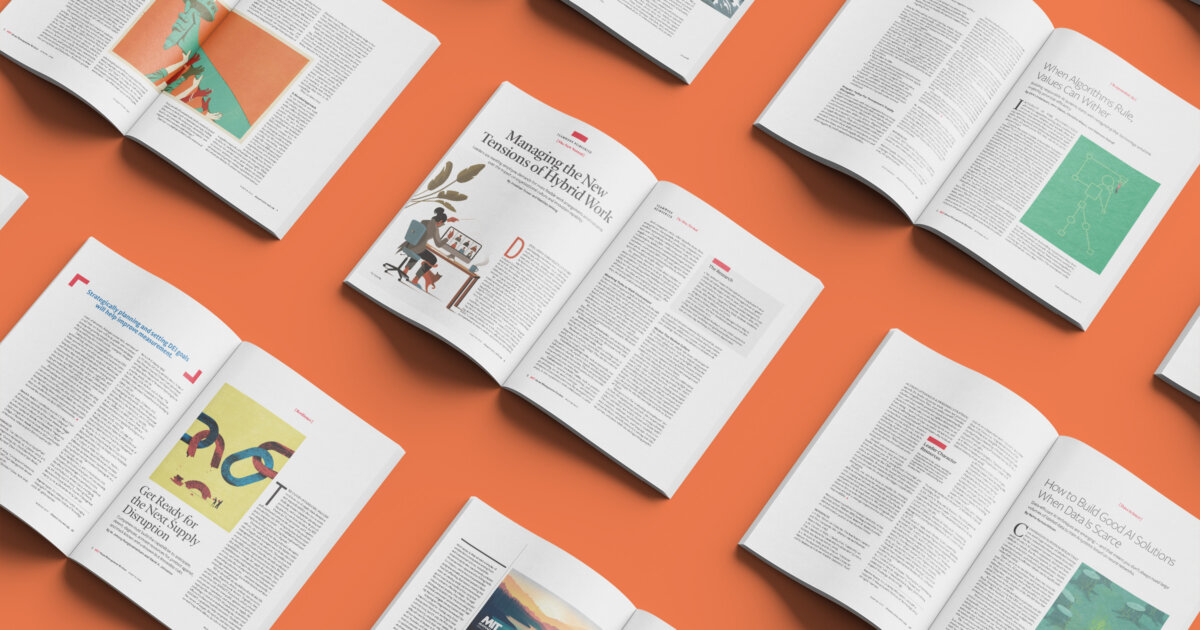





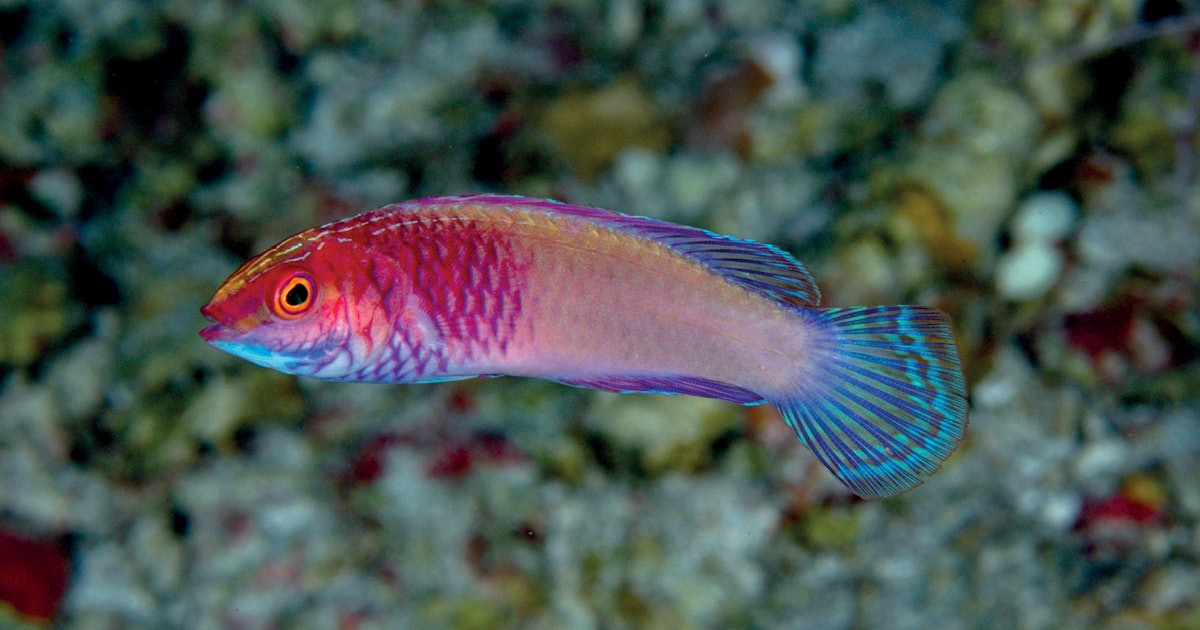













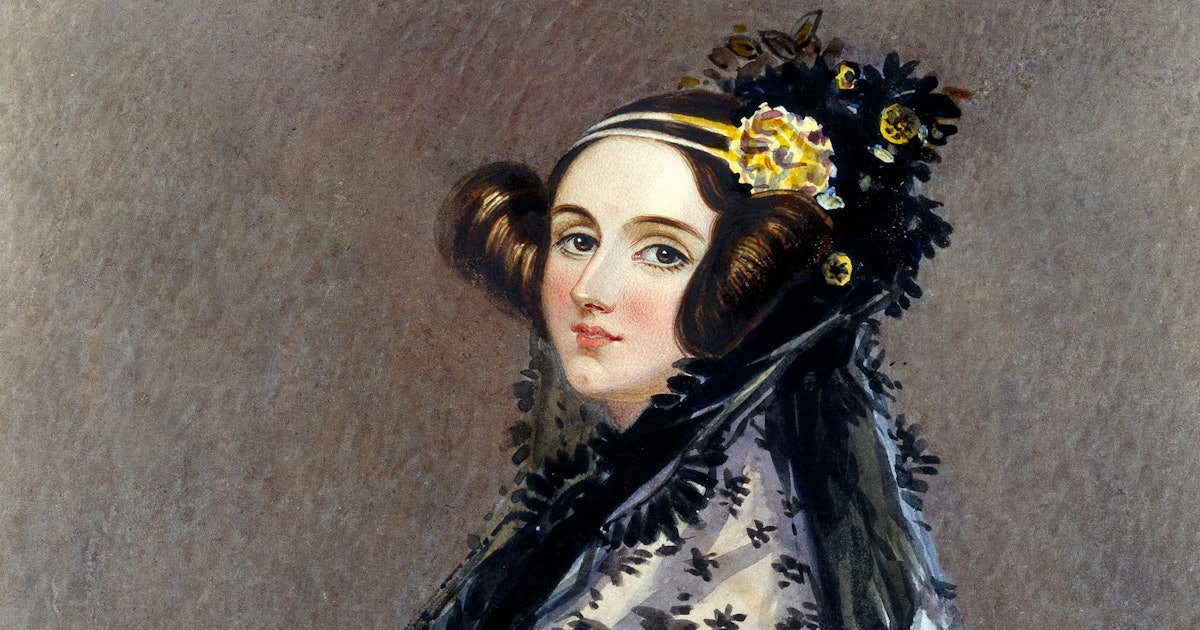




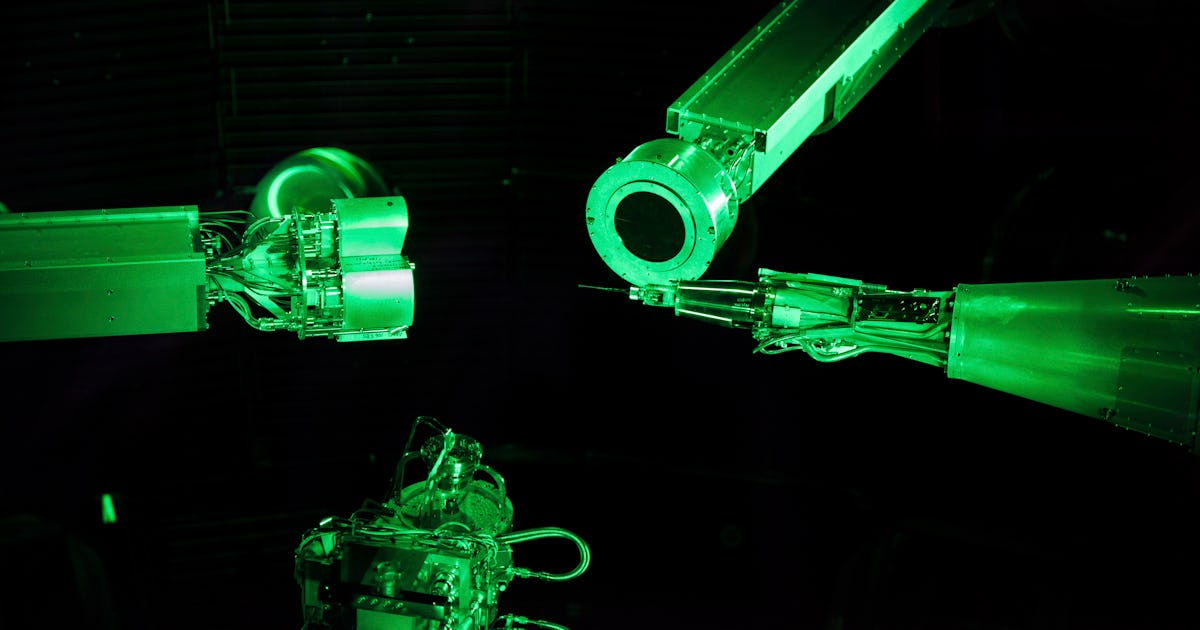

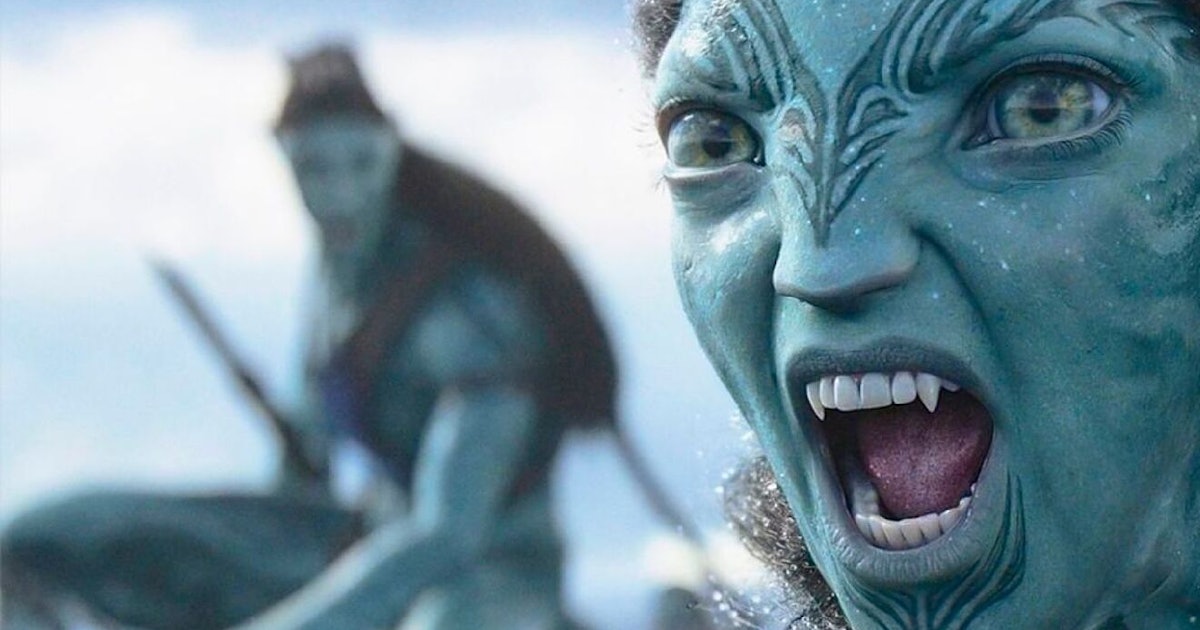

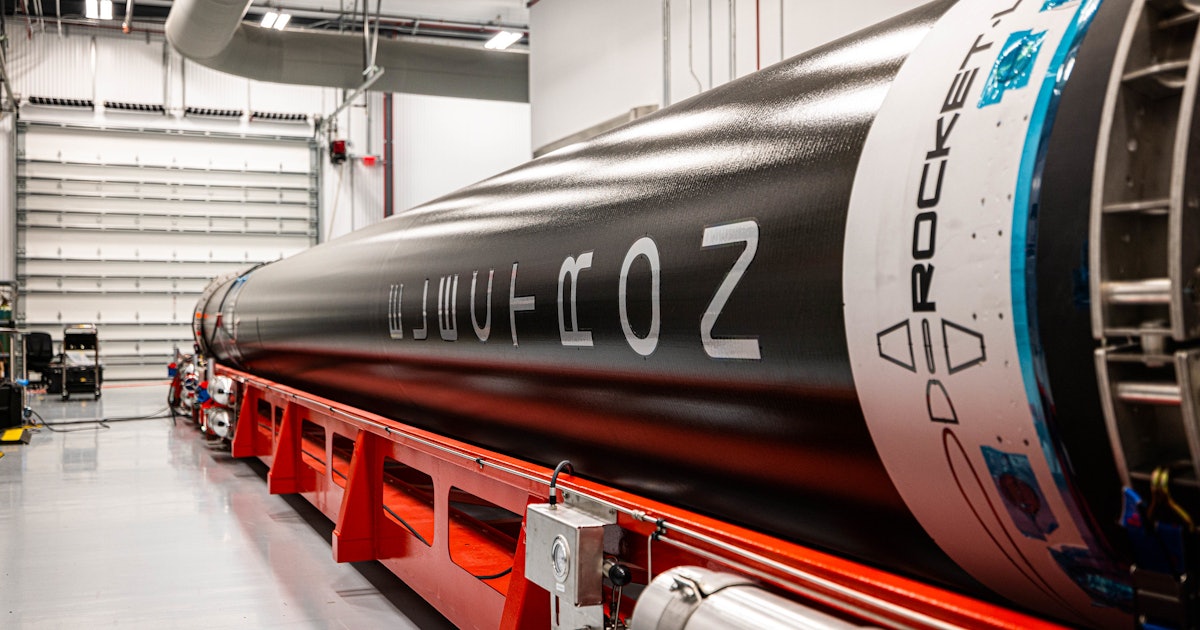


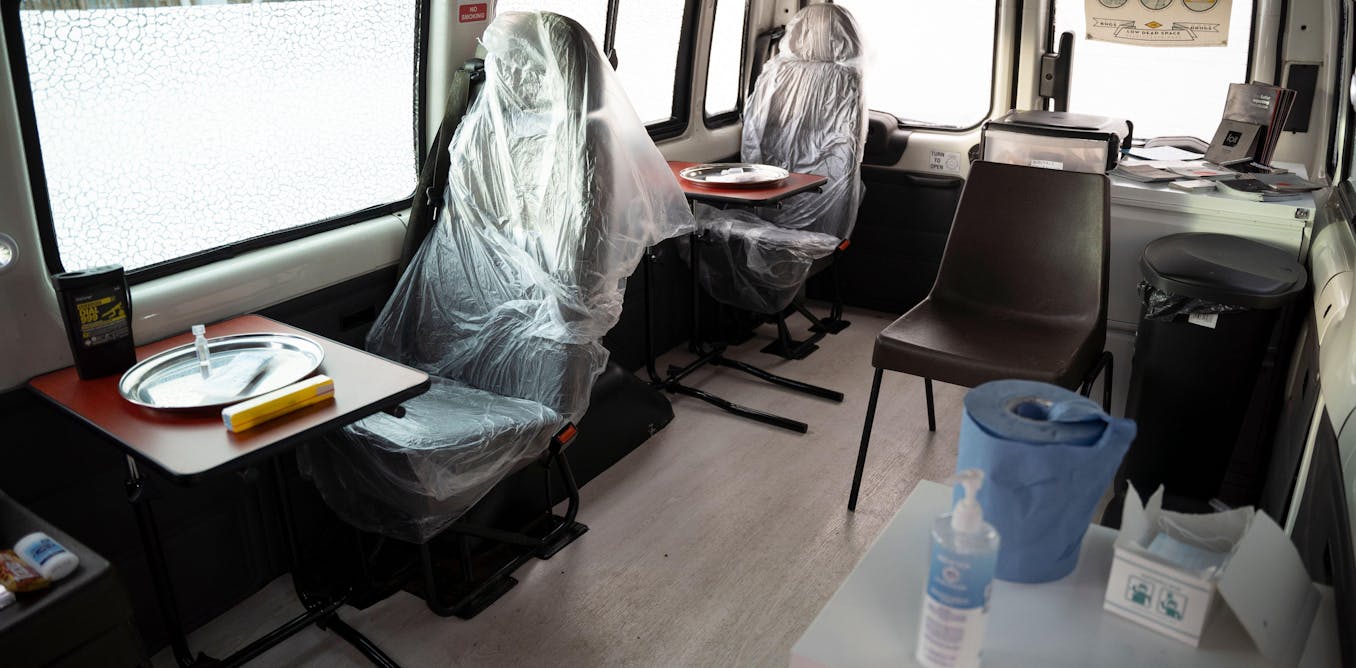

No comments:
Post a Comment